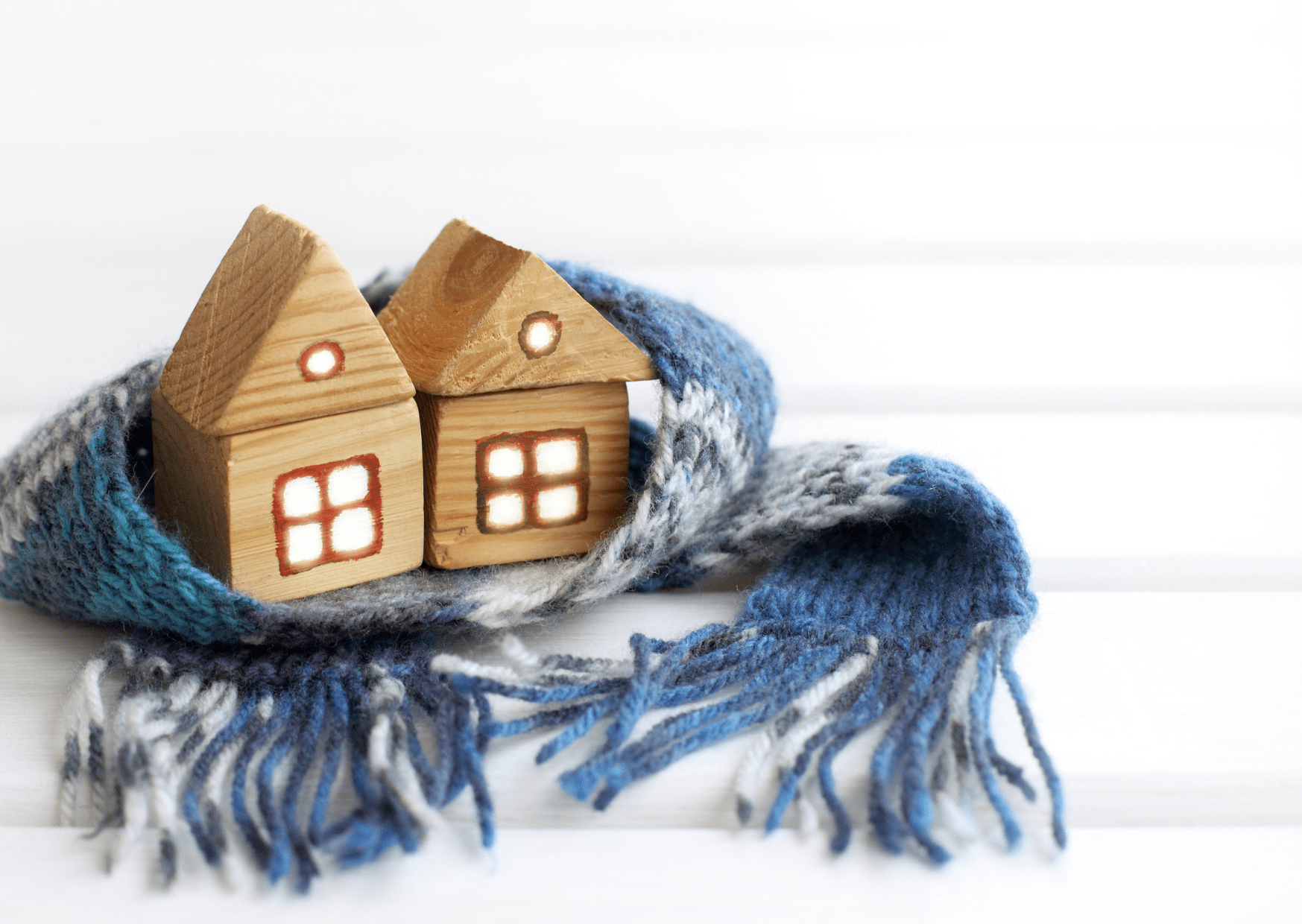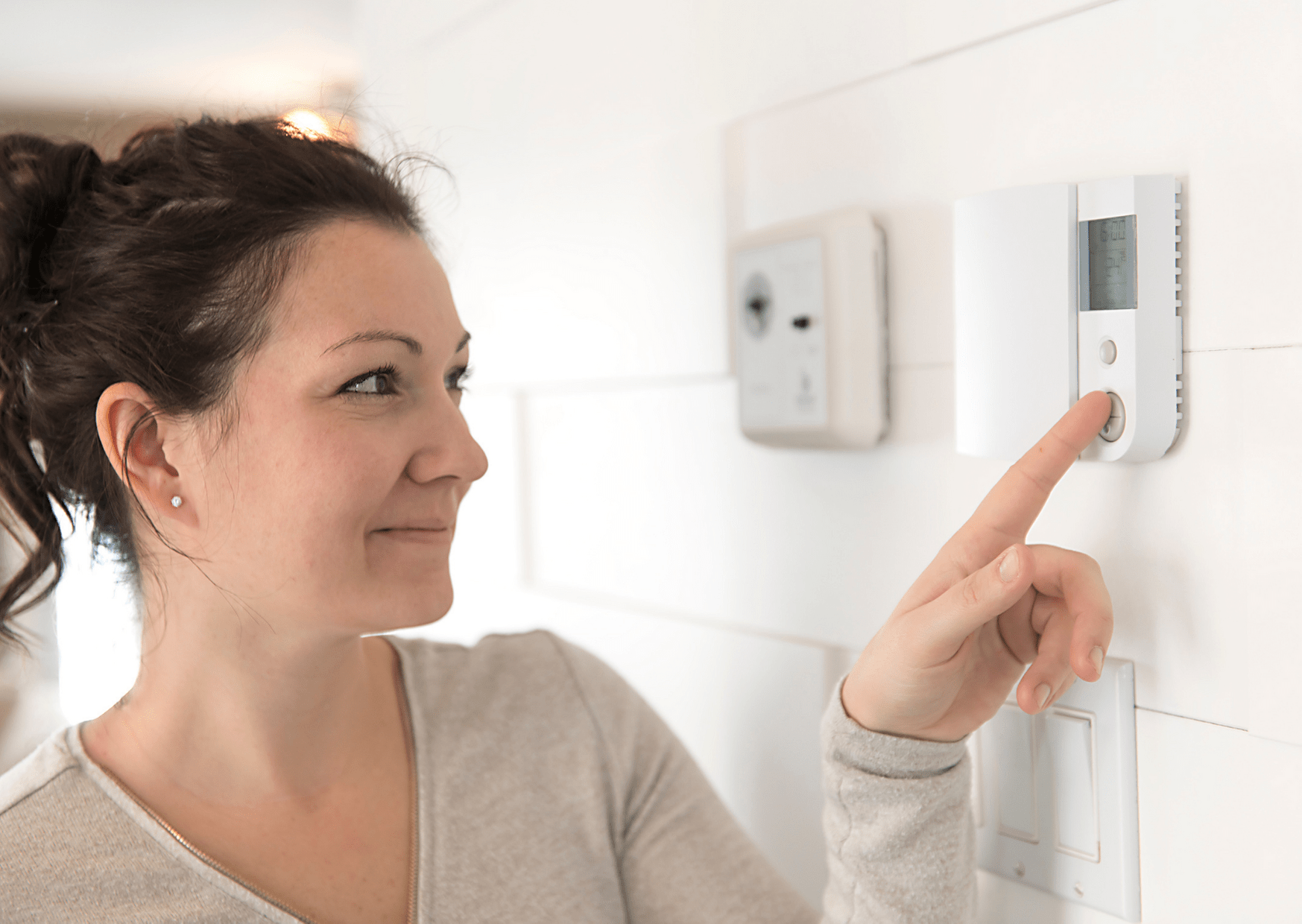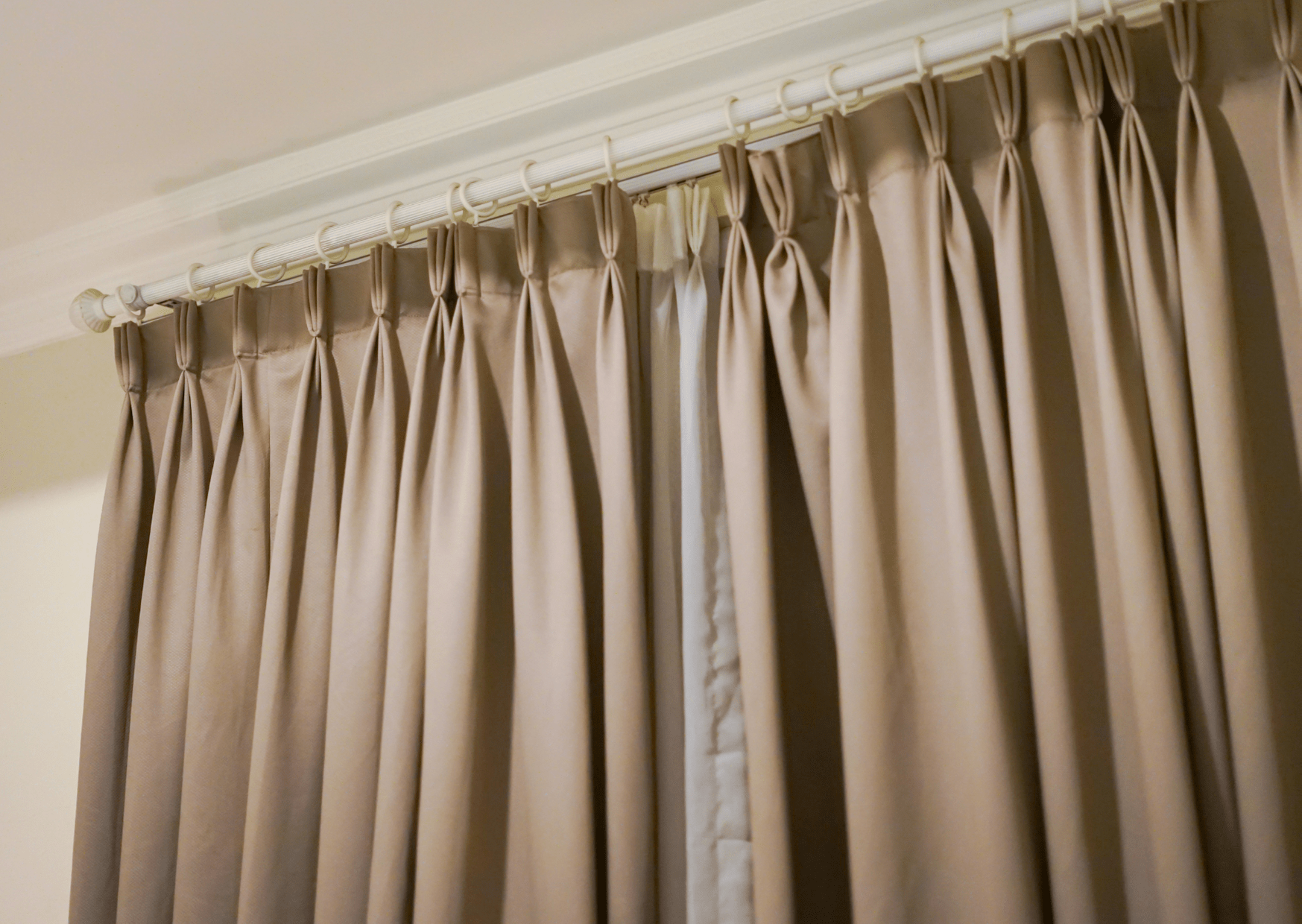
Winter is an expensive time for many. Not only are there Christmas presents to buy, but gas and electricity bills also surge, with usage being 36% higher than in summer. With many people now having to work from home due to lockdown restrictions, this household cost could rise even further. Energy Helpline has predicted that the average winter energy bill will climb by $150 for workers operating from home five days a week.
Although your heating bills will inevitably increase during the colder months, you can reduce the cost with these energy-saving techniques.
1) Layer up
You’ll eventually have to rely on the central heating to keep you warm during winter, but you can prolong this outcome by wrapping up warm with knitwear, thermal layers, fluffy socks, and thick blankets. Turning the heating on when you’re wearing a thin t-shirt is a waste of energy and inflates your bills before it’s necessary.
2) Boiler Service
If your boiler is running inefficiently, it’ll cause your energy bills to soar. However, an annual boiler service will ensure the appliance is working correctly. The gas-registered engineer will be able to detect any faults before they become dangerous and alert you to any repairs that need addressing.
3) Energy-efficient boiler
If your boiler keeps breaking down, replacing it with an up-to-date model instead of paying for repairs is often more cost-effective. All newly fitted boilers are condensing, which can achieve up to 90% energy efficiency and lower your yearly energy bills by $200. Investing in a new boiler before you’re forced to allows you to factor the expense into your budget instead of confronting surprise fees. Make sure that you are aware about the cost of a new boiler which is important as outlined by Boiler Central.
To find out the exact type of boiler you need, use the ‘find a boiler’ tool on BOXT, which identifies the most suitable product for your home by asking you a few simple questions. The online service can even organize the entire installation process for you.
4) Don’t dry clothes on radiators
Drying laundry on hot radiators is a common habit developed during winter since it’s too cold to hang clothes outside and it can take longer for clothes to dry inside. However, wet clothes block the heat coming from the radiators, causing the boiler to work harder and use more energy.
5) Lower the thermostat
According to Neeeco’s Mass Save Home Energy Audit, Central heating occupies most household energy. Minimizing this usage can make drastic savings, but you don’t need to go cold turkey to see a noticeable difference. Turning your thermostat down by just one degree can reduce your annual energy bills by $75.
Smart thermostats can lower your heating bills further as they enable you to monitor your heating usage on your phone. The device can also inform you when energy is being wasted and provides the option to heat individual rooms instead of unnecessarily heating the whole property.
6) Bleed radiators
When air becomes trapped in radiators, it can cause cold spots and make it harder to heat your home. This occurrence often encourages people to turn up the thermostat, but instead of settling for a high-priced energy bill, you can solve this problem by bleeding the radiators.
7) Draught excluders
Draughts cause unwanted air to run through your home and hot air to escape, which wastes energy and makes it challenging to heat your property. The average home sees around 30% heat loss through doors and windows alone, according to Bulb.
You can eliminate draughts and save $40 on your annual energy bills by placing draught-excluders across gaps such as the bottom of doors, letterbox, keyhole, and around window frames.
8) Double-glazing
Double or triple glazed windows can minimize heat loss. Low emissivity (low-E) is the most energy-efficient type of glass for this purpose and can reflect heat into the home.
According to the Energy Saving Trust, you could save up to $150 a year by replacing all single glazed windows with A-rated double glazing in a semi-detached home.
9) Thick curtains
Fitting thermal curtains can help retain warmth by acting as a barrier between the windows and the room, which is especially beneficial if the windows are draught-prone. Keep the curtains open during the day to allow natural sunlight emit heat into the property as well.
10) Find a better energy deal
It’s commonly known that changing energy suppliers can cut costs, yet recent findings revealed a quarter of Brits had neglected to try this money-saving method. Although staying with the same provider each year may seem more convenient, you could be losing out on $300.
Setting aside enough money to cover the price of winter energy bills helps you avoid any nasty surprises, but you may be paying more than you need to. Investigate whether you’re using your heating wisely and aren’t wasting energy and money.
This post contains affiliate links and I may receive a commission, at no additional cost to you, should you purchase through one of my links. Please see my disclosure for more information.









